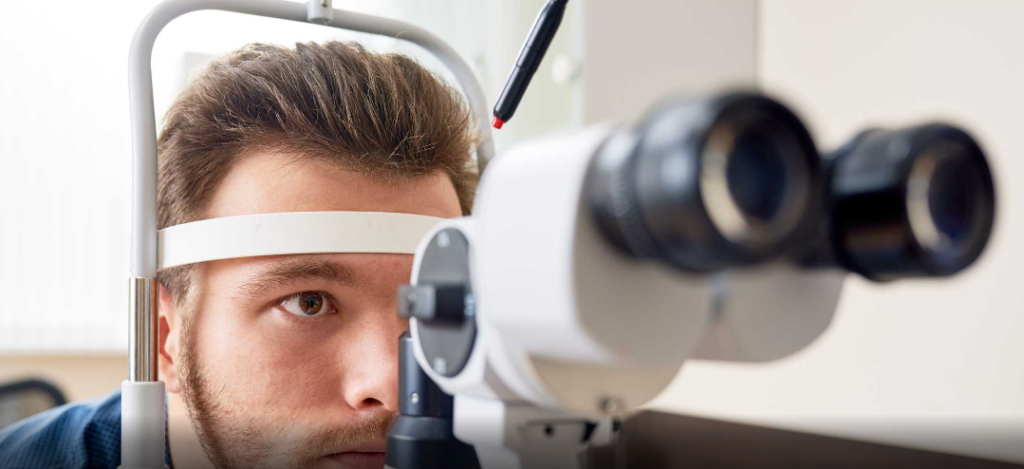There are different types of disability, with visual, motor, mental, and hearing impairment being the most common. The World Health Organization defined disability as “any loss or abnormality related to the psychological, physiological or anatomical structure or function”. In other words, disability is part of the human condition insofar as it can be congenital when born with the person, or acquired over the course of life.
Congenital or acquired, it is important to emphasize that people with disabilities are entitled to benefits and supportive responses, with the aim of promoting their autonomy and citizenship. Thus, the promotion of accessibility is an essential condition for the full exercise of citizenship rights enshrined.
Find out what different types of disabilities exist, which are the most common, and what causes them. Also, find out about the rights of people with disabilities in this comprehensive guide that we have created for you.
Physical disability

Physical disability, also called motor disability, is a limitation in the complete or partial functioning of parts of the human body, such as the upper limbs and/or lower limbs.
Depending on the area of the brain affected, people with physical disabilities may also have difficulties in language acquisition, reading, writing, spatial perception, and recognition of their own body. This type of disability can have a congenital nature, when it was born with the person, or acquired throughout his life.
Mental or Intellectual Disability
Intellectual disability is defined as a reduction in intellectual capacity (IQ) when it is below the standards considered normal for their age if they are children, or below the population average, when adults. Disability is associated with limitations in two or more areas of adaptive behavior or the individual’s ability to respond adequately to society’s demands, in the following aspects:
- Communication
- Personal cares
- Social skills
- Performance in the family and community
- independence in locomotion
- Health and safety
- School performance
- Leisure
- Work
According to WHO, intellectual disability is divided into:
- deep
- severe/severe
- Moderate/Average
- light/light
Despite the use of sophisticated resources in making the diagnosis, the cause of intellectual disability is often not clearly defined. However, studies indicate that among the main causes are genetic, perinatal (occurring during pregnancy and childbirth), and postnatal factors.
It should be noted that mental illness and mental disability are distinct concepts. While mental illness can be understood as a set of behaviors and attitudes capable of damaging the individual’s overall performance, impacting their social, occupational, family, and personal life; the person with an intellectual disability is characterized by having a significantly lower than average intellectual functioning, accompanied by significant limitations in adaptive functioning.
Visual impairment

Visual impairment is the loss or reduction of basic functions of the eye and visual system that can be sudden and severe or be the result of gradual deterioration, where objects at short/large distances become increasingly difficult to see.
The most common causes of visual loss are timely uncorrected refractive errors (43%), cataracts (33%), and glaucoma (2%). Among other possible diseases that cause visual loss are age-related macular degeneration, diabetic retinopathy, corneal opacity, childhood blindness, and various infections. It can also be caused by neurological problems following a stroke, premature birth, or trauma, among others.
A decisive factor in classifying a particular visual impairment, in addition to the visual acuity factor, is the extent of the field of vision. Thus, there are three different types of visual impairment:
Low vision
Low vision is defined as the impairment of the visual functioning of the eyes, even after treatment or correction. Glasses improve visual acuity (myopia and farsightedness) and there is a properly classified distortion of visual ability (usual damage to the field of vision).
Close to blindness
We speak of ‘partial blindness’ when individuals are only able to count fingers at close range and those who only perceive shapes. The individual is also able to identify the direction from which the light comes.
Closer to total blindness, but still considered partially blind or low vision, are individuals who only have light perception and projection. In this case, there is only the distinction between light and dark.
Total blindness
Blindness is characterized by complete loss of vision or poor ability to see. Blindness occurs whenever there is a serious and profound deficiency in the eyes, in the nerve structures that carry images to or in the brain. Therefore, the cause of blindness can be very diverse and encompasses traumas, diseases, malformations, malnutrition, in addition to congenital and hereditary forms.
Hearing deficiency

Hearing loss, also called hypoacusis or deafness, is the partial or total loss of hearing in one or both ears. Clinically it corresponds to a partial or total loss of forty-one decibels (dB) or more. That is, according to the World Health Organization means that the hearing impaired can not hear sounds from 25dB to 90dB as well as a person with normal hearing.
Hearing problems can develop at any time in life and can be caused by a number of factors such as:
- Genetics or heredity
- Aging (presbycusis)
- Noise exposure (noise-induced hearing loss)
- infections
- perinatal complications
- physical trauma
- Medicines and ototoxic agents.
Deafness can be classified according to type, degree, and laterality.
Multiple Disability
Multiple disabilities are, as the name implies, the occurrence of two or more disabilities simultaneously – whether intellectual disabilities, physical disabilities, or both combined. There are no studies that prove which are the most recurrent.
The causes can be prenatal, congenital malformations, and viral infections such as rubella or sexually transmitted diseases, which can also cause multiple deficiencies in adults, if not treated.
According to some researchers, multiple disabilities can be separated by the following dimensions:
What are the causes of disability?
There is a wide variety of medical and environmental conditions that can cause disability. Some are genetic, some are present before or during conception, and some occur during pregnancy, birth, or later. Then there are also acquired causes, which develop over time, or which arise from different diseases.
Conclusion
According to the World Health Organization (WHO), disability is the noun attributed to any loss or abnormality of a structure or function, psychological, physiological, or anatomical that generates incapacity to perform an activity, within the standard considered normal for human beings.
A person with a disability can have a single disability or multiple disabilities, but is not, according to this designation, a person with a disease. Therefore it has the same rights as other citizens.
Most types of deficiency have an unknown cause, others are due to genetic or acquired factors. With or without treatment, people with disabilities have the same rights as other citizens and, in order to enjoy them, they must be given access conditions, essential for the full exercise of citizenship rights enshrined.
